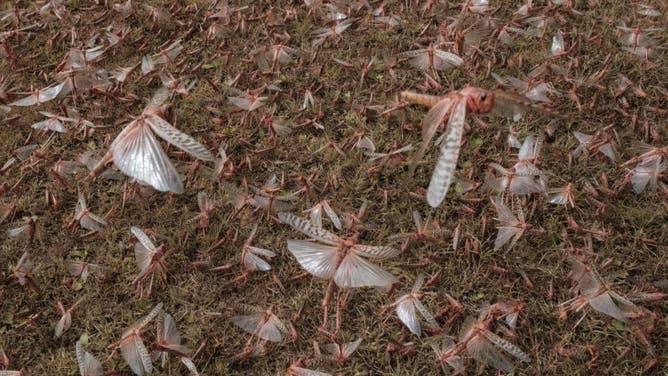Because of the COVID-19 pandemic, people around the world, including Hawaii, have dreamed of traveling to all kinds of exotic places. The travel industry is forecast to be booming soon. However, a certain amount of caution is required. Hawaii is a great choice for most mainland residents, but what about the Hawaiian residents who dream of Machu Pichu, Tahiti, or Southeast Asia?
We still need to be wary of COVID-19, but there are many other diseases to consider when traveling.
Dengue fever is just one of many mosquito-borne diseases that we should be concerned about. There has been a severe Chikungunya epidemic in the South Pacific. West Nile virus is another virus that can be transmitted to humans from infected birds.
We are all better educated about the potential dangers of bringing plants and animals to Hawaii without following proper procedures. Of course, it’s common sense that flu and similar illnesses can come with travelers. We see this every flu season, but dengue, yellow fever, and maybe even malaria could become a problem if we’re not careful.
Unfortunately we have the specific mosquito carriers or vectors available. You also need a reservoir in which the pathogens can linger unnoticed. Some research shows that dengue can be inhabited by animals other than humans, such as monkeys, pigs, or rats, although this appears to be rare. I learned this a few years ago from a conversation with a member of the Hawaii Department of Health.
The reason I was concerned was that I became very ill with dengue on a Peace Corps trip to Nicaragua. I was so sick that I had to postpone my trip home for two weeks. If I had felt better, I would have returned to Hawaii in an instant, and thus inadvertently would have been potentially contagious. Travelers should be aware that it is a good idea to check with their local doctor or emergency clinic if they have a fever upon returning to the islands.
People who return to Hawaii after a trip sometimes proudly comment on the plants or seeds they brought past the inspector. Bringing unchecked plants is foolish and dangerous. In the mid-1970s, for example, the banana skipper established itself here. No doubt this caterpillar was brought in through someone’s carelessness. The insect is a problem because it feeds on banana leaves. This requires more spraying by the farmer or homeowner. The pest also feeds on cannas, heliconias, and birds of paradise. The banana bunchy top virus that threatened the Big Island’s banana industry is another that was likely introduced through the illegal importation of banana plants.
The thought of accidentally transporting pests into an uninfected area may not excite the average gardener, but be careful. Plant pests tend to multiply at an amazing rate. A new female insect brought to our islands can lay hundreds to thousands of eggs. Without natural predators, these insects could potentially devastate much of our tropical vegetation.
Another example of the introduction of pests are various types of fruit flies. Introduced to Hawaii years ago, these insects have spread across the islands, causing millions of dollars in damage to tropical fruits and vegetables. It will cost millions to get rid of these pests.
And again there is a deadly yellowing. This is a disease that has killed most of the coconut trees in Florida. Fortunately, we haven’t found a case of this disease in Hawaii. Unfortunately, it has reached Mexico and is spreading along the Caribbean coast. The replanting with the resistant dwarf coconut palm and its hybrids has allowed the areas with palm trees to flourish again.
Who wants to be the cause of bringing some pests to Hawaii? You’re probably thinking, “Oh no, not me, I know whether a plant is healthy or not.” Most growers recognize the tell-tale signs of insect activity – withered, chewed leaves, or faded flowers. However, plant pests do not always leave signs of their presence. Plants can be contaminated by bacteria, viruses, larvae or insect eggs even if we cannot see them.
As the world will soon be open to travel again, we must be even more careful about spreading unwanted pests and diseases to plants, animals and people.









